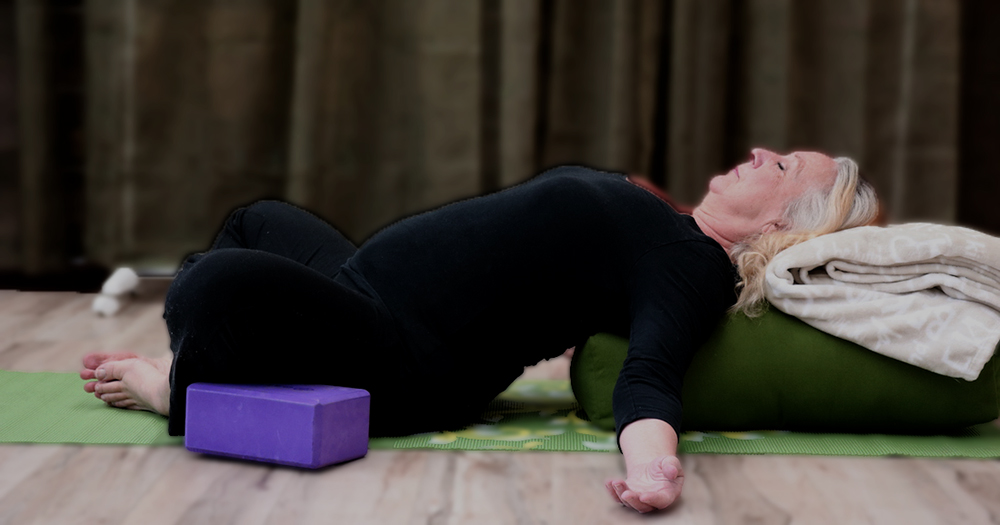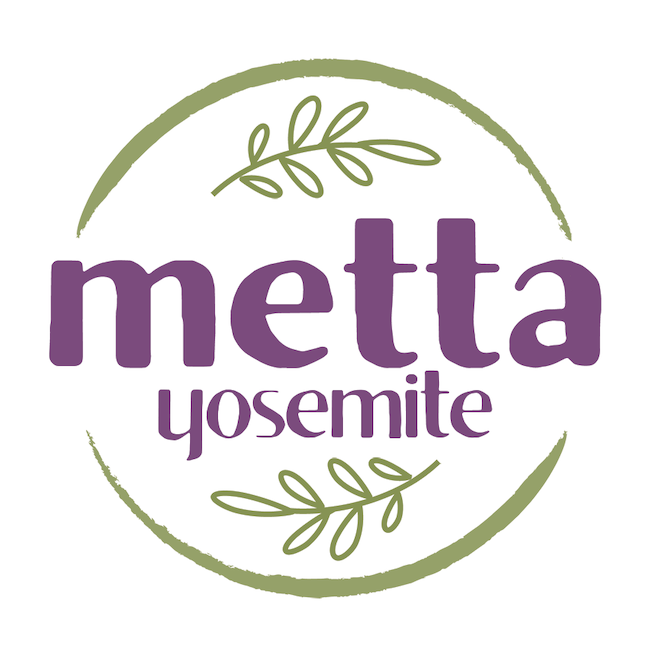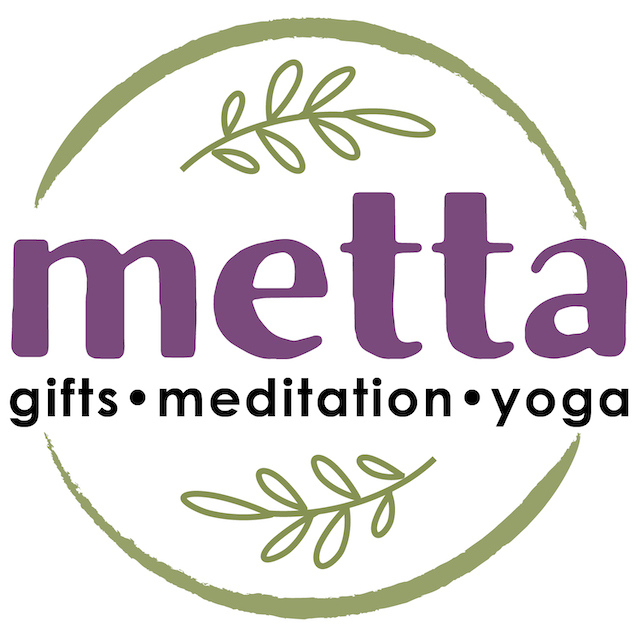“A life of balance” is at the heart of what yoga can offer, but what of lying down supported by comfy bolsters, blankets and blocks? Does restorative yoga really have any major therapeutic benefits as opposed to its more bendy, popular and often competitive, active yoga relative?
According to scientists from the National Institute of Health, it might be even more beneficial in calming the nervous system than regular passive stretching. Another important benefit to some people is that to lie down doing what you think is “nothing” could be burning subcutaneous fat! It’s been noted that Yoga Nidra is a great way to ease sedentary people into exercise and, more importantly, to keep it up. Restorative yoga reduces cortisol levels which when we are stressed is known to increase abdominal fat. Chronic stress of the autonomic nervous system can lead to metabolic changes in abdominal obesity, high triglycerides, low HDL-cholesterol, hypertension, and hyperglycemia in what doctor’s call “Metabolic Syndrome.”
Yoga has also been shown to improve outcomes of cancer survivors’ quality of life. With this demographic, restorative has yoga allowed people to continue their yoga practice regularly versus the vigorous yoga practices.
Even once a week could yield benefits that help improve your lifestyle. The placement of comfy props like bolsters, blankets and blocks help to ease the body enough that it can let go of mental and physical angst, as poses are held for about 10 minutes.

Restoratives combined with Yoga Nidra – often translated as yogic sleep – can facilitate even greater rewards. Meditation is not easy for many and yet Yoga Nidra has proven more effective in reducing anxiety. In Yoga Nidra, the student is guided into a deep state of conscious awareness into the delta healing state. This is where we can go to in deep, restful sleep if we are not stressed. In Yoga Nidra, the body and mind rest while you technically you remain awake. In this deep relaxed state, we release the hormone melatonin which is one of natures powerful antioxidants. Studies are promising as a complimentary practice for mental health issues like depression and PTSD.
Some of the benefits you might experience from Restorative Yoga:
- Relaxes body
- Quietens mind
- Releases muscular tension and improves ROM (range of motion)
- Improves capacity for healing and centering
- Balances nervous system
- Boosts immunity
- Helps to develop compassion for oneself and others
Restorative yoga classes are now offered weekly at Metta Yosemite, every Friday from 9:45am – 10:45am. Join us for this healing experience!
Sources:
Health Benefits of Restorative Yoga include Trimming Fat
What Is Yoga Nidra? If you’re looking for deep relaxation, this form of yoga can help


